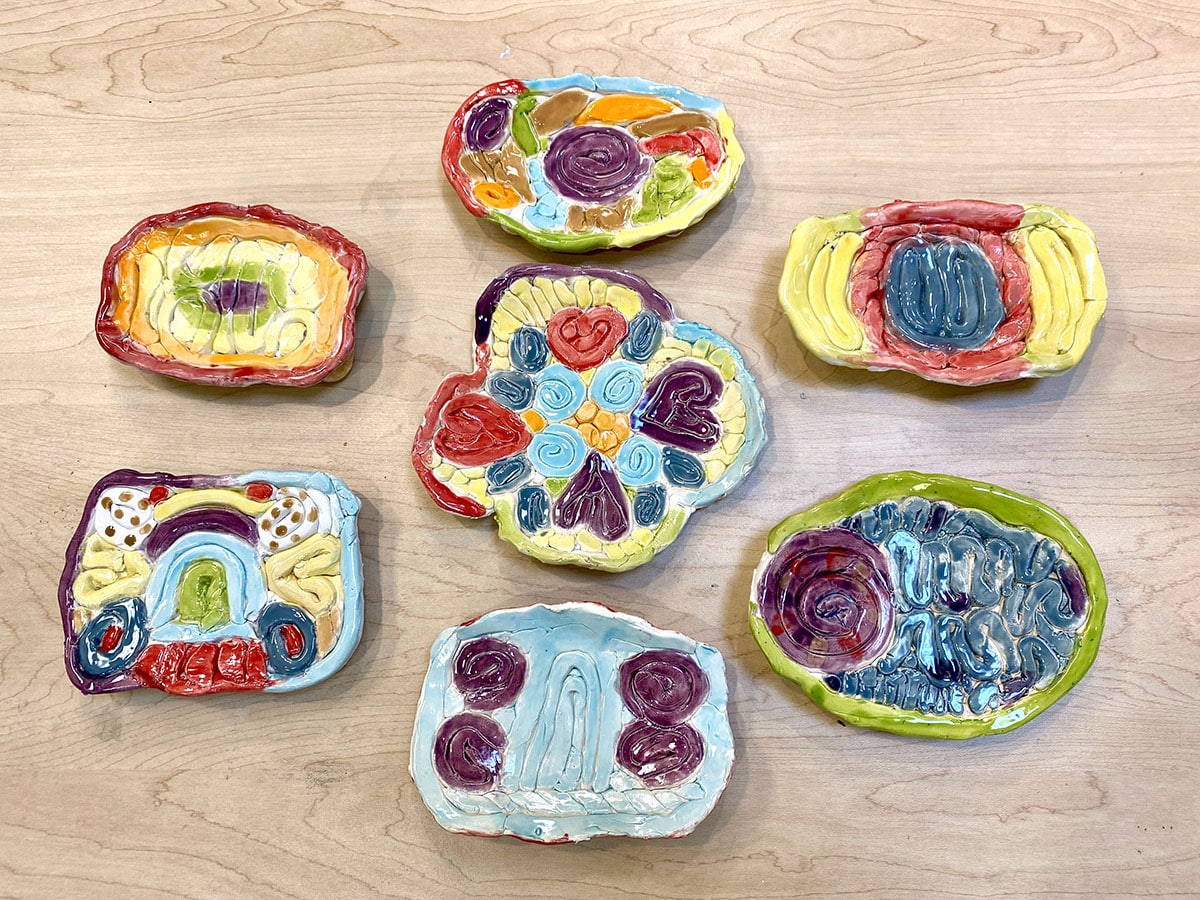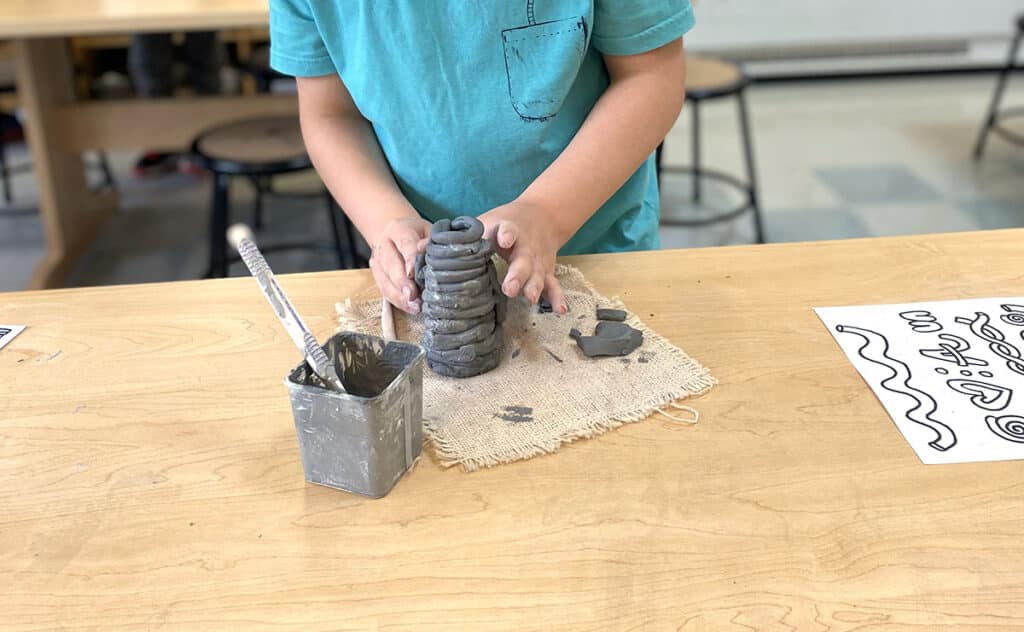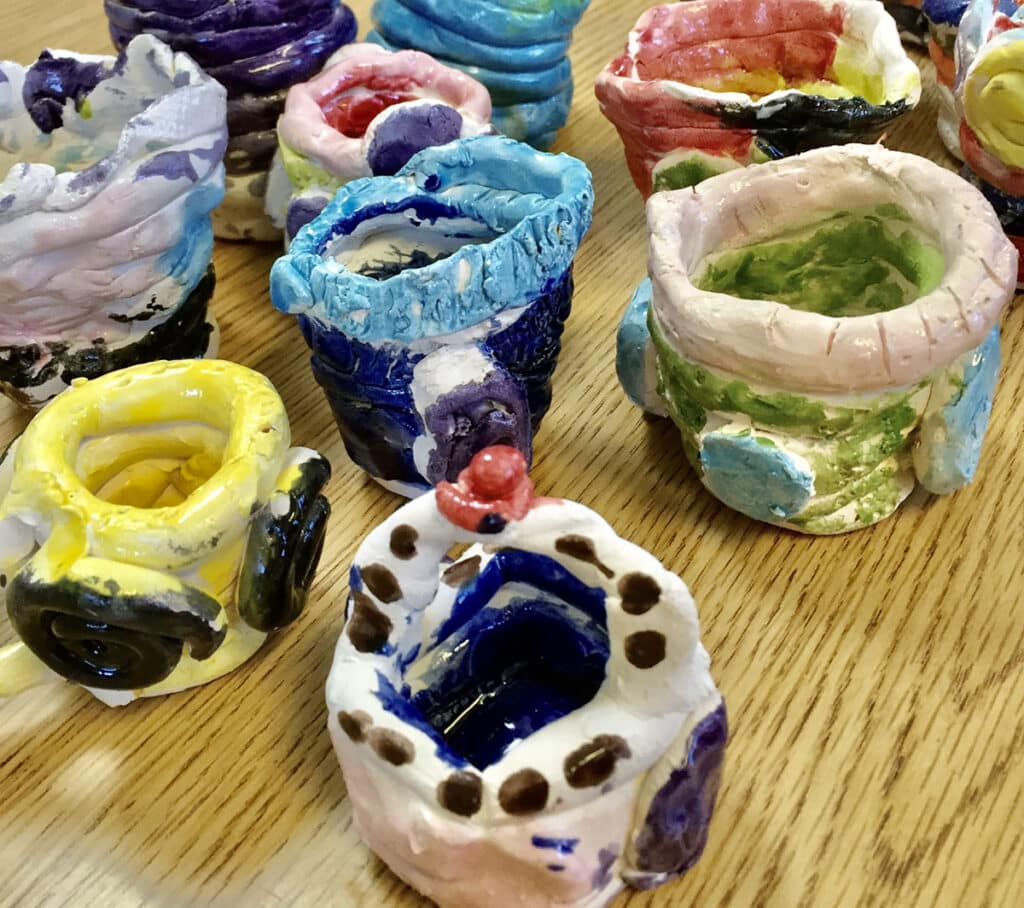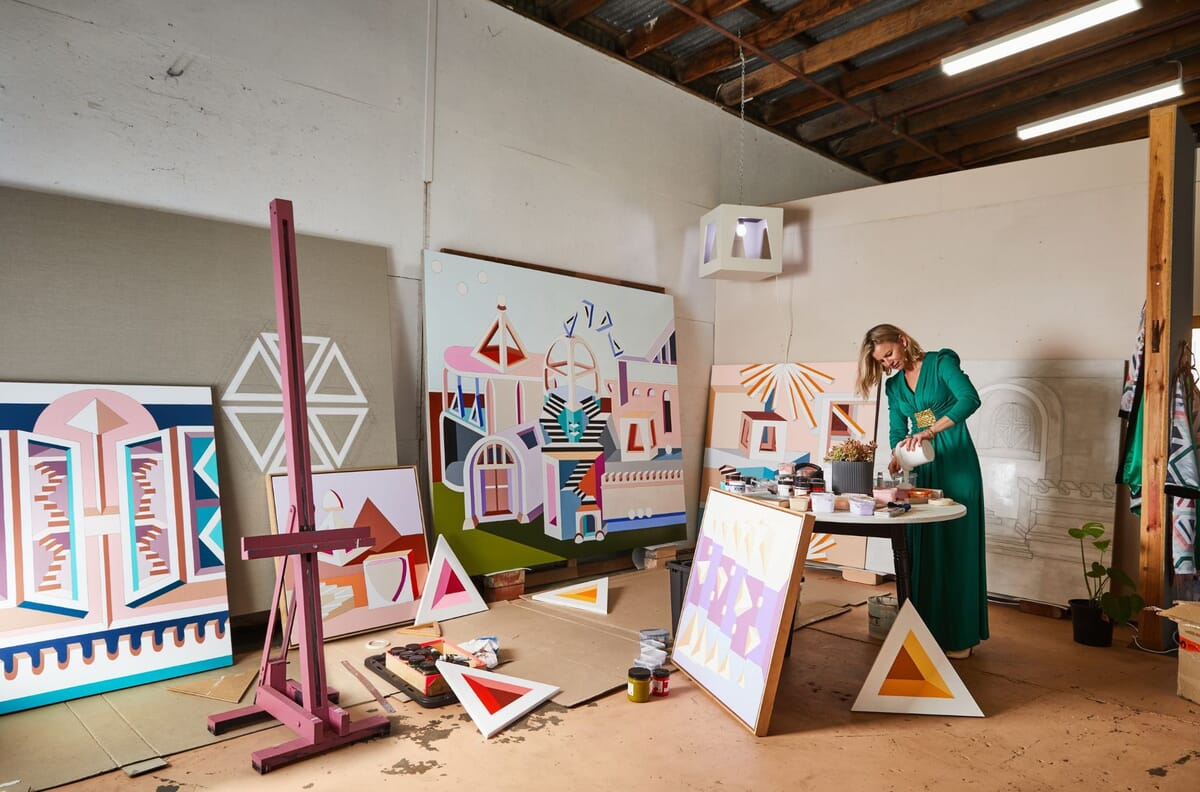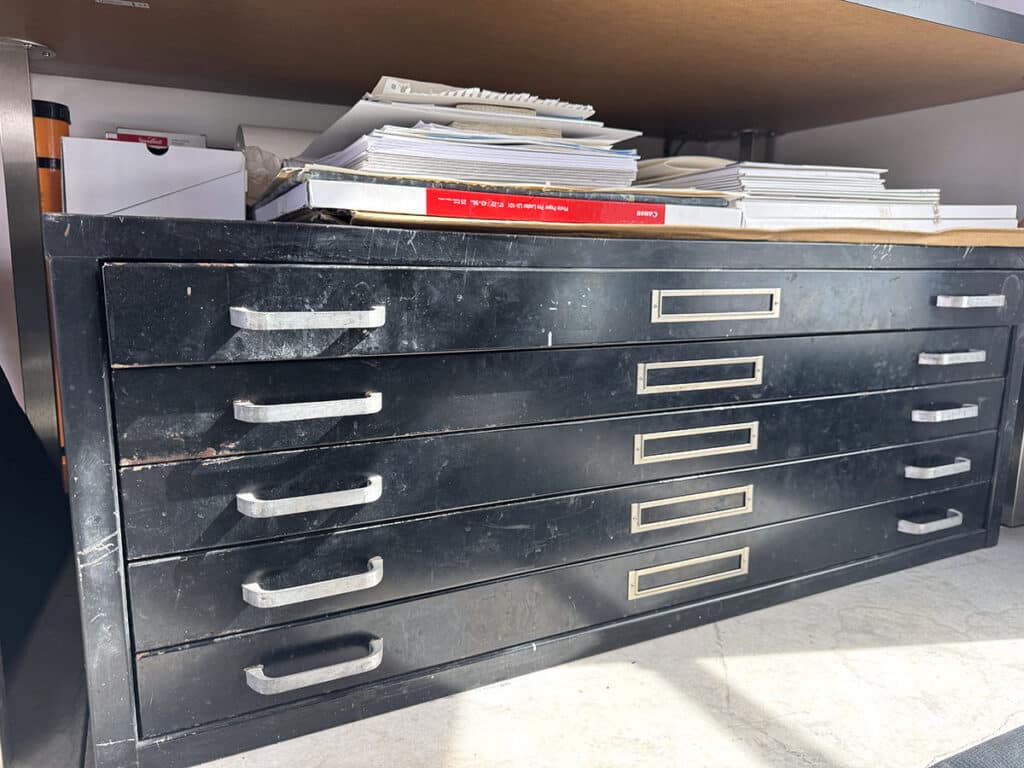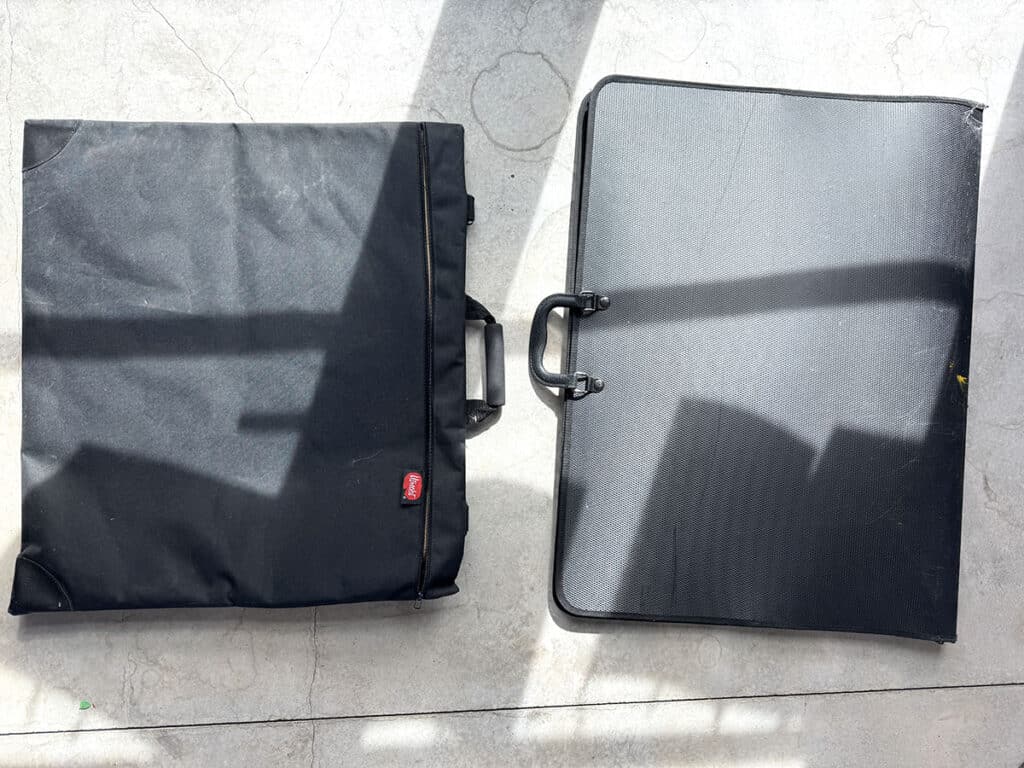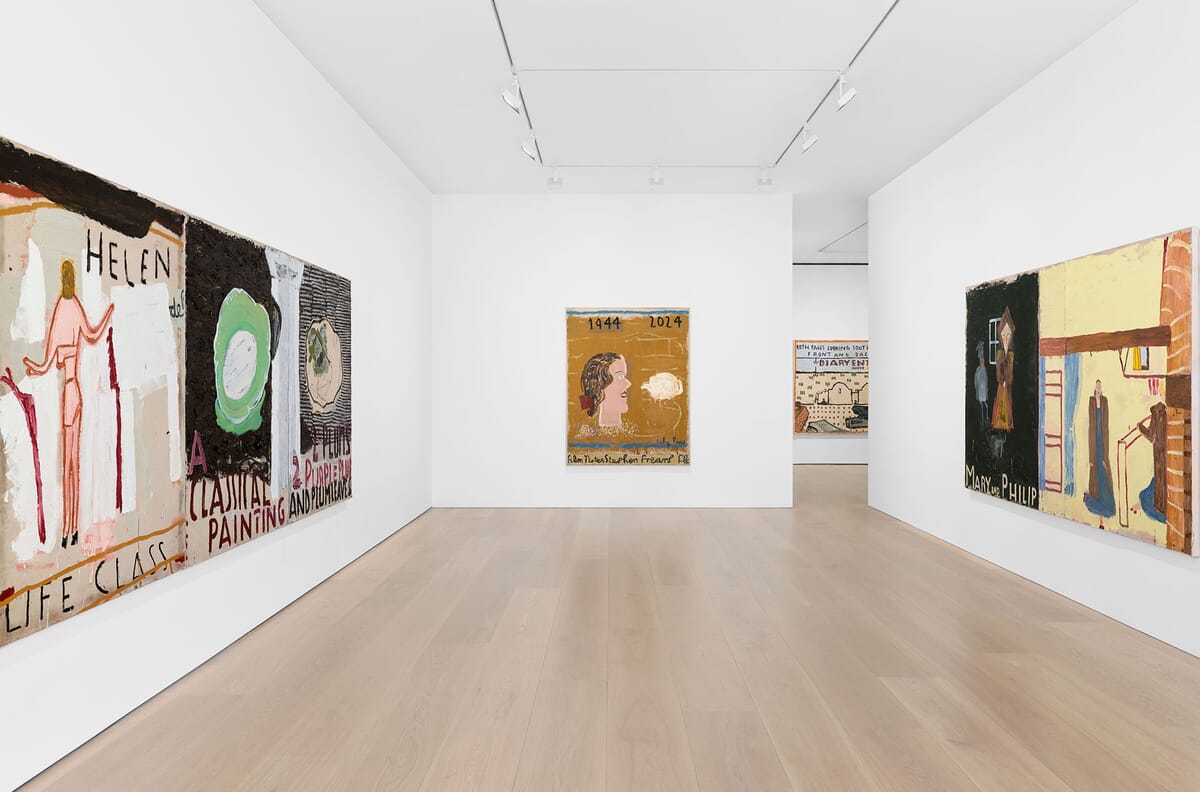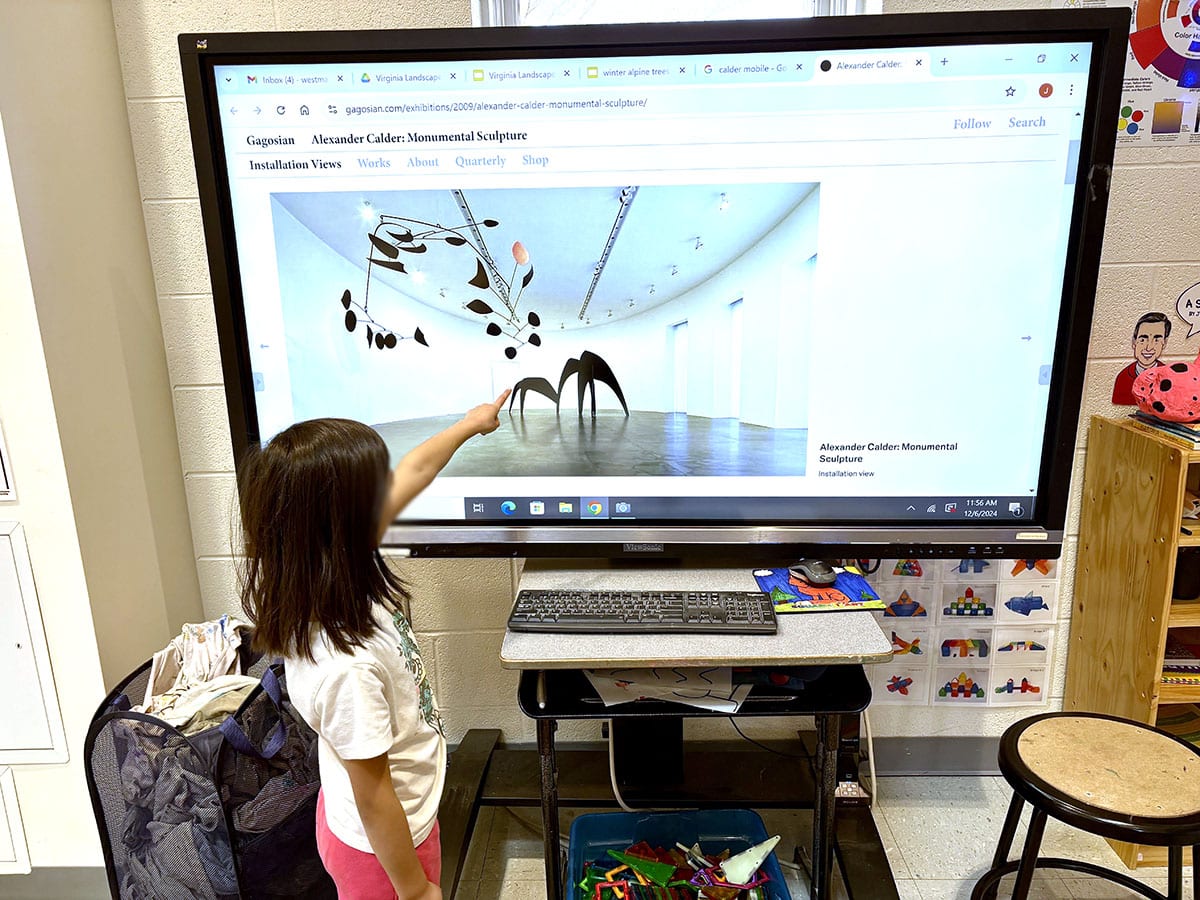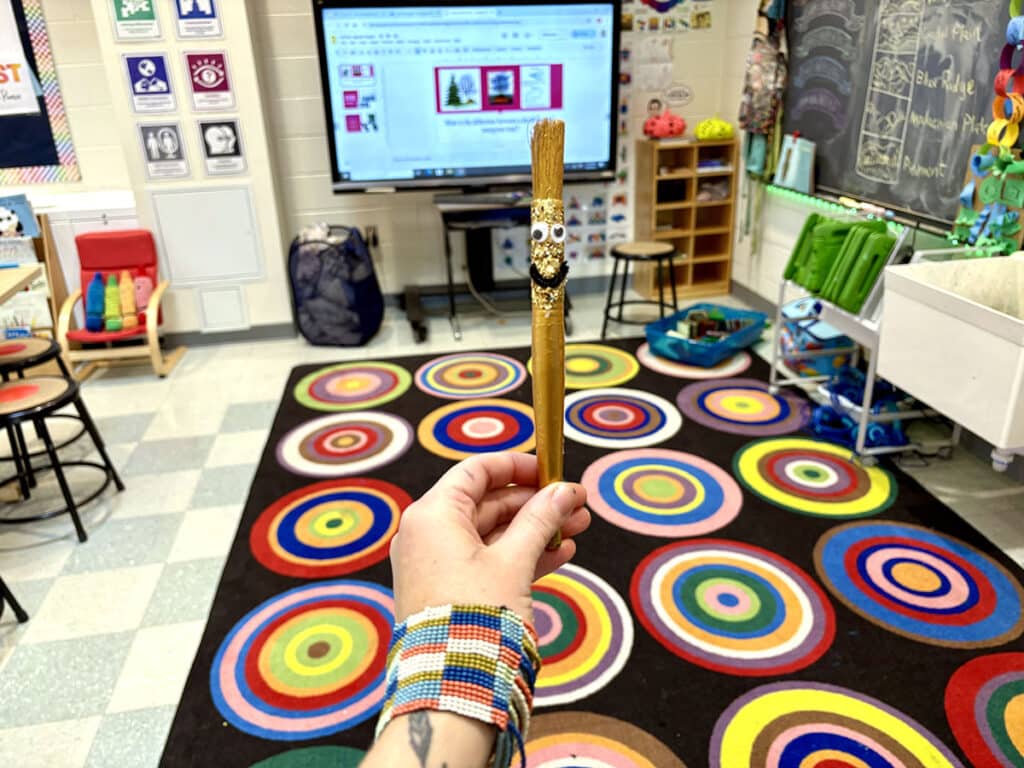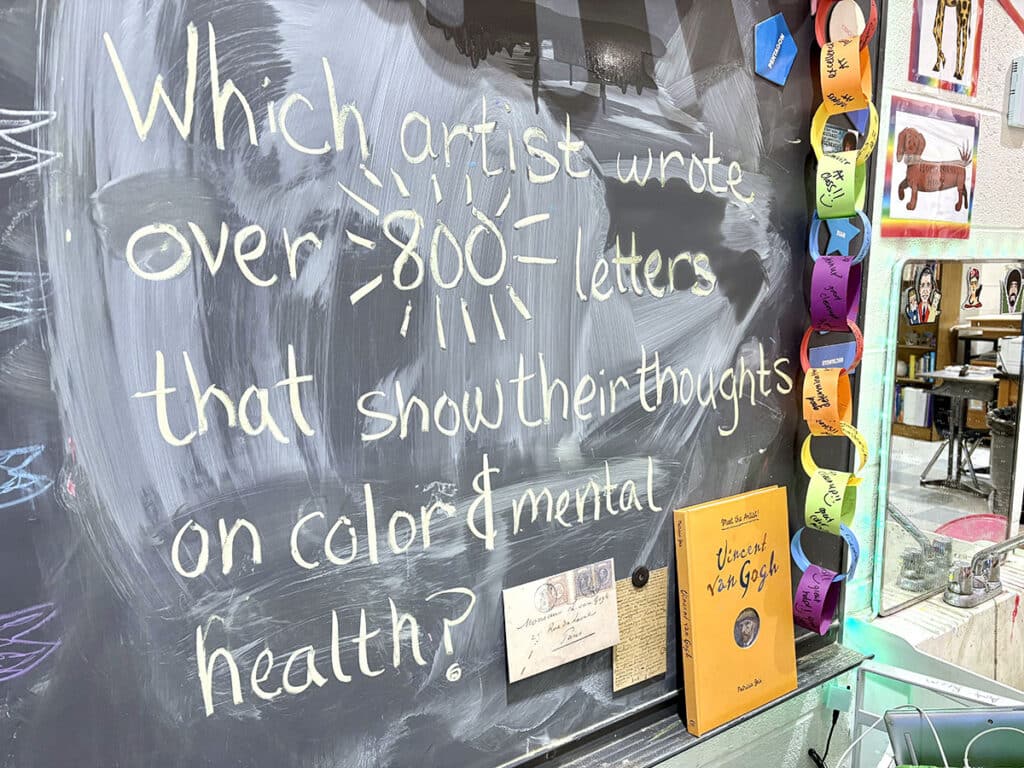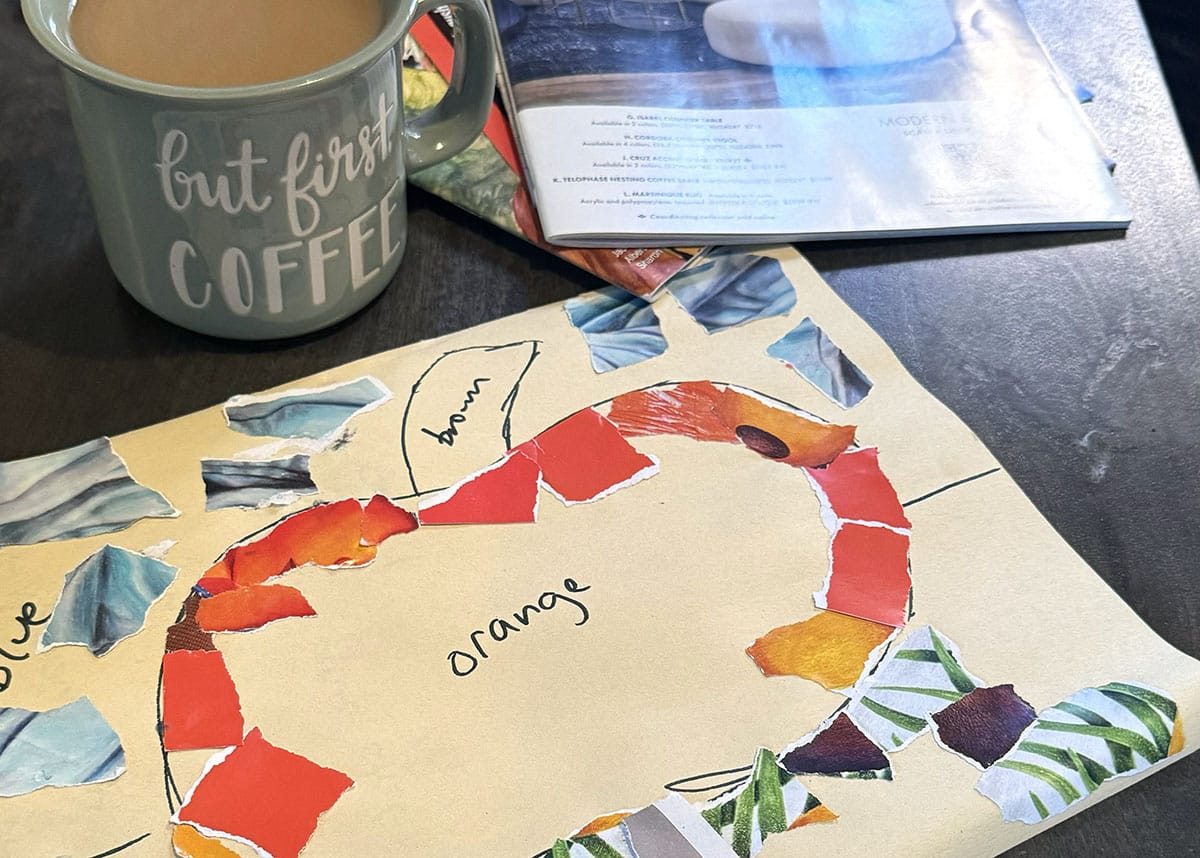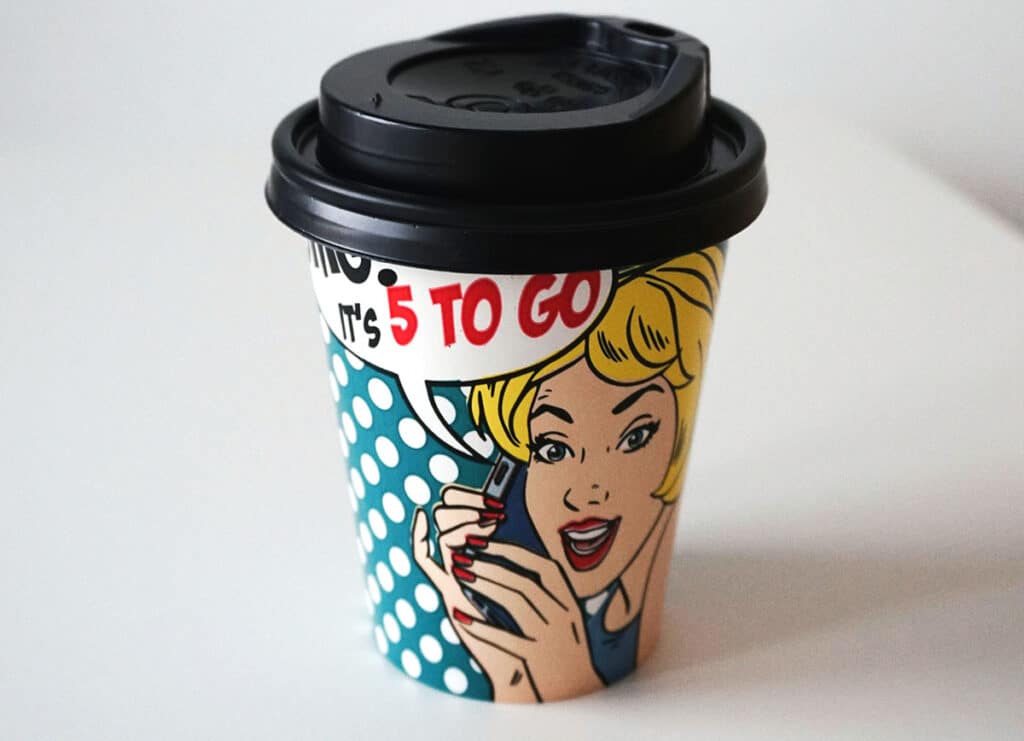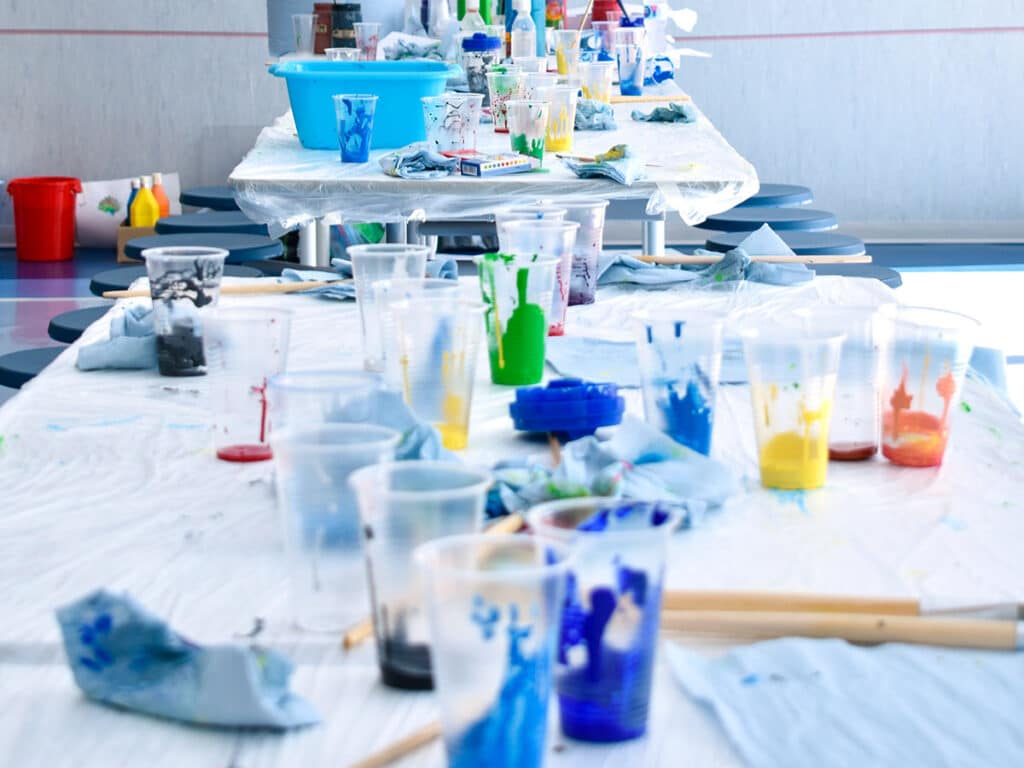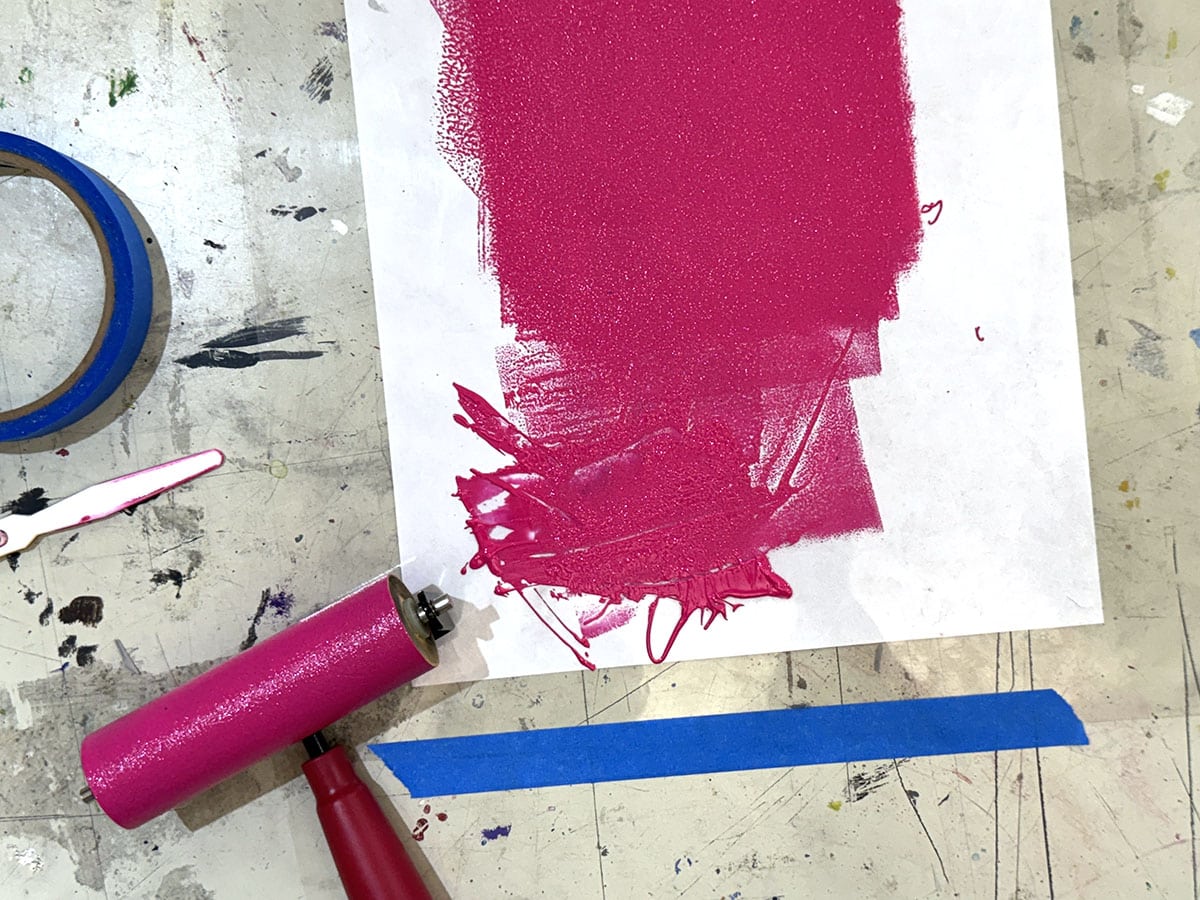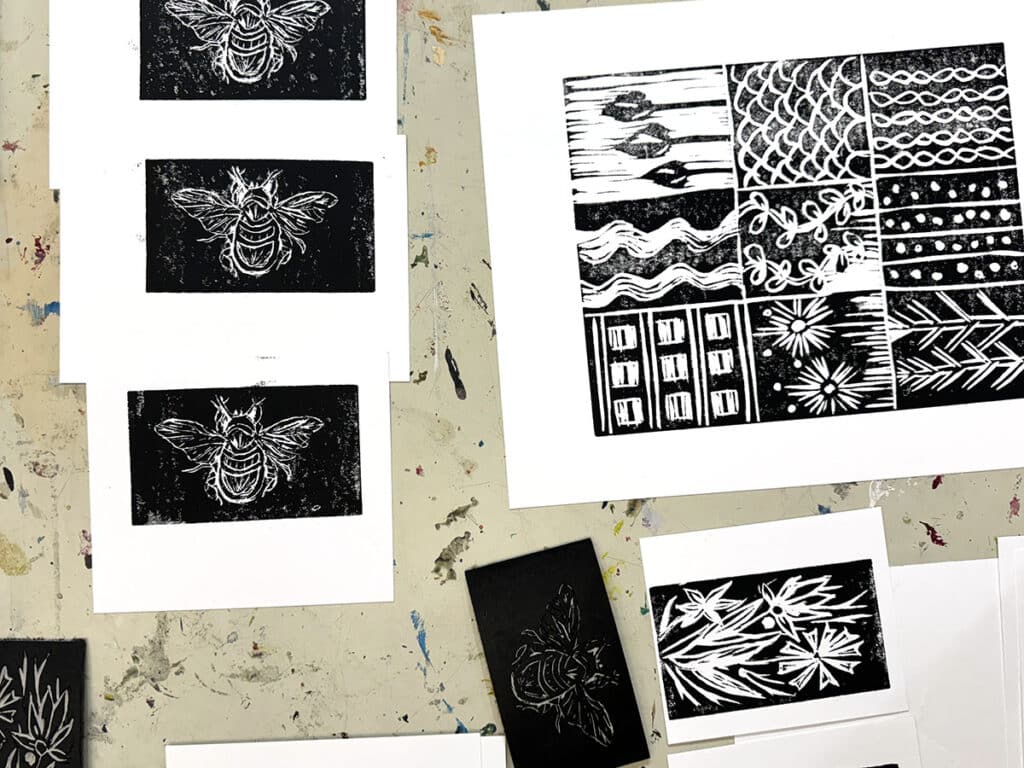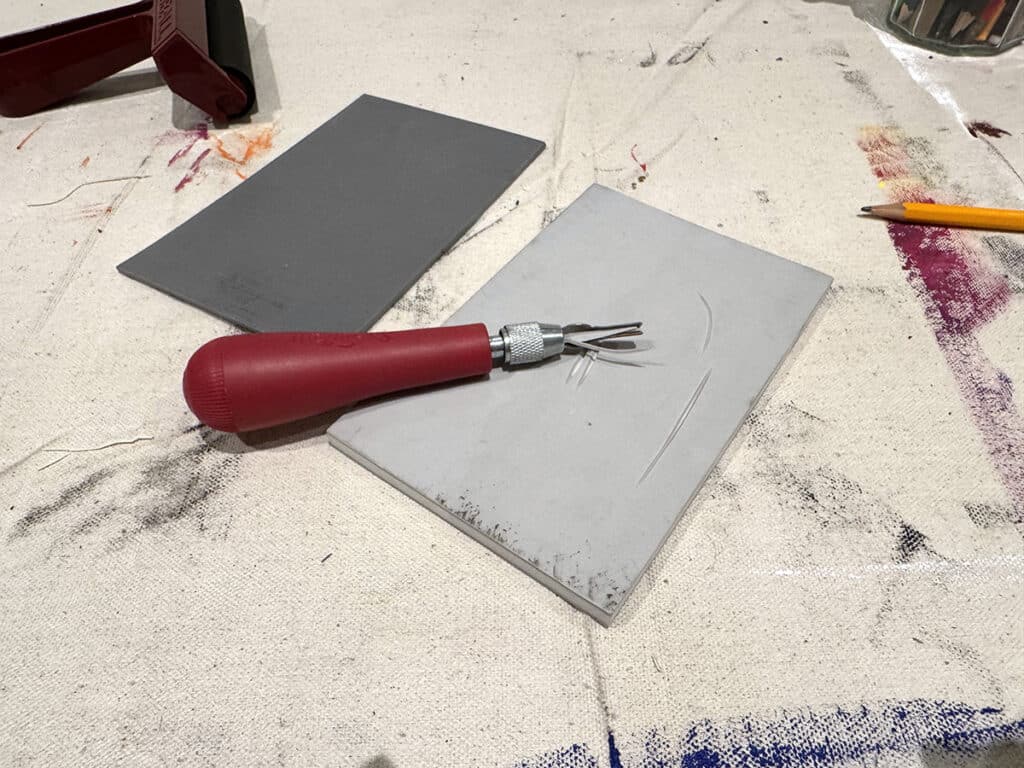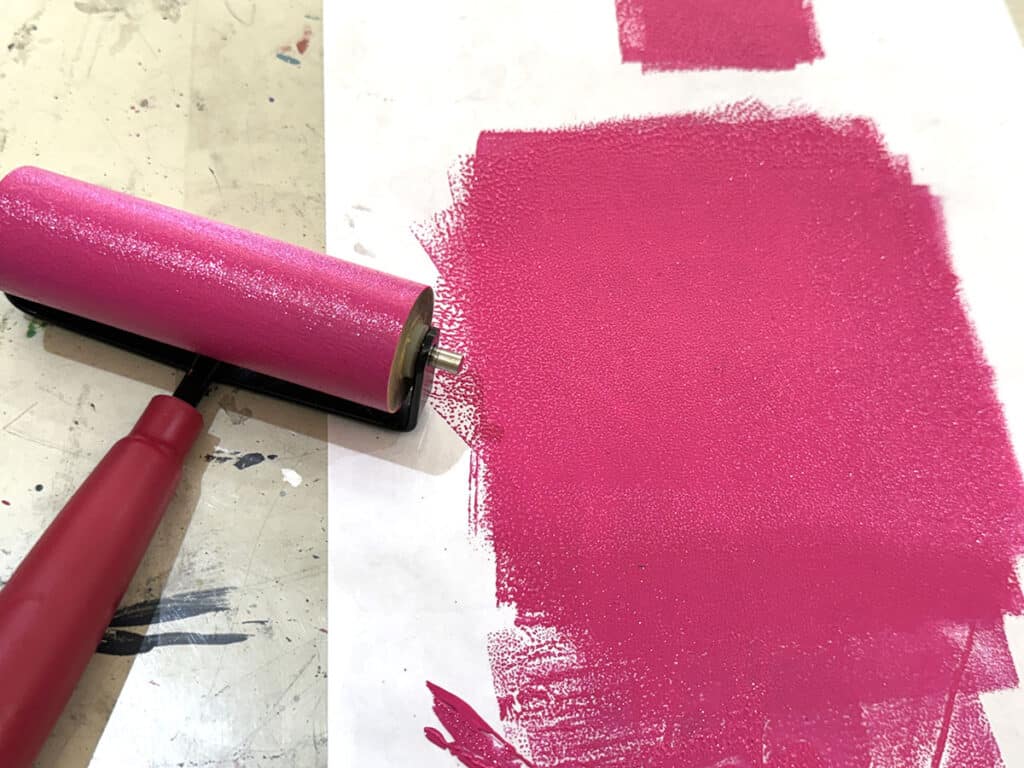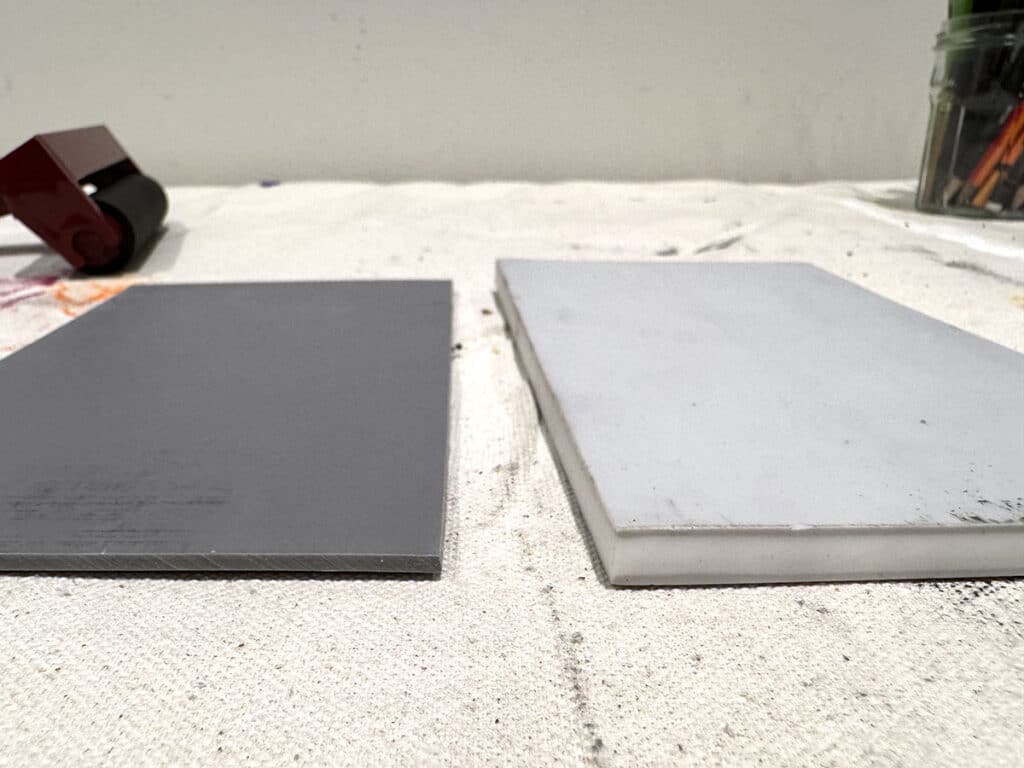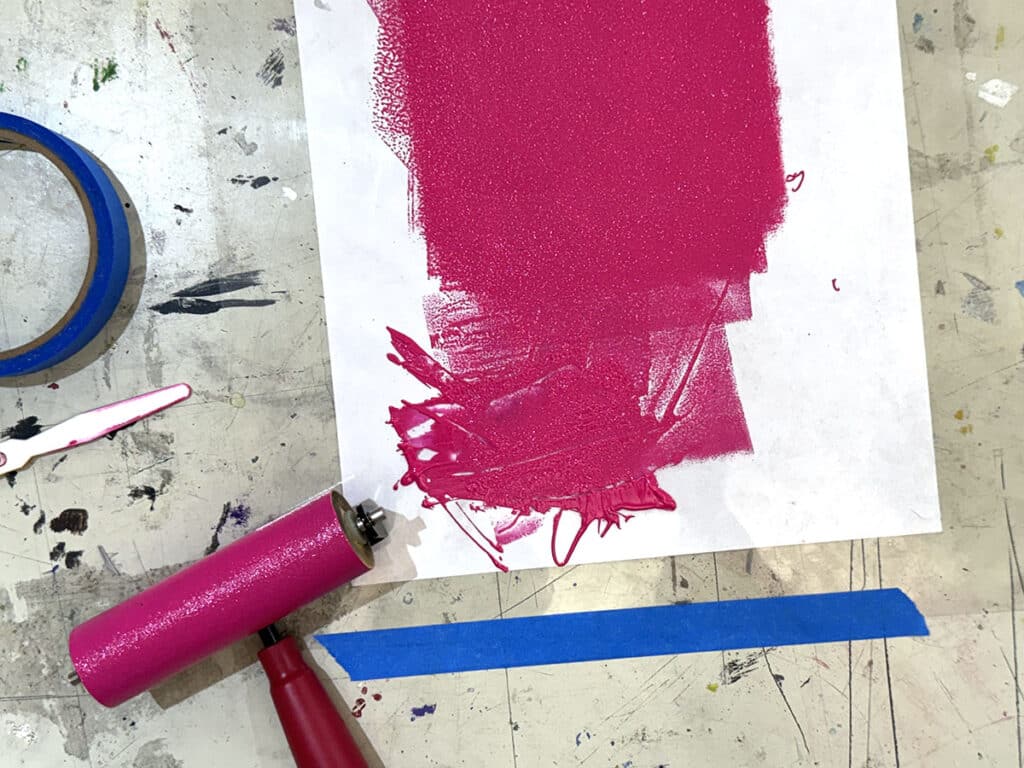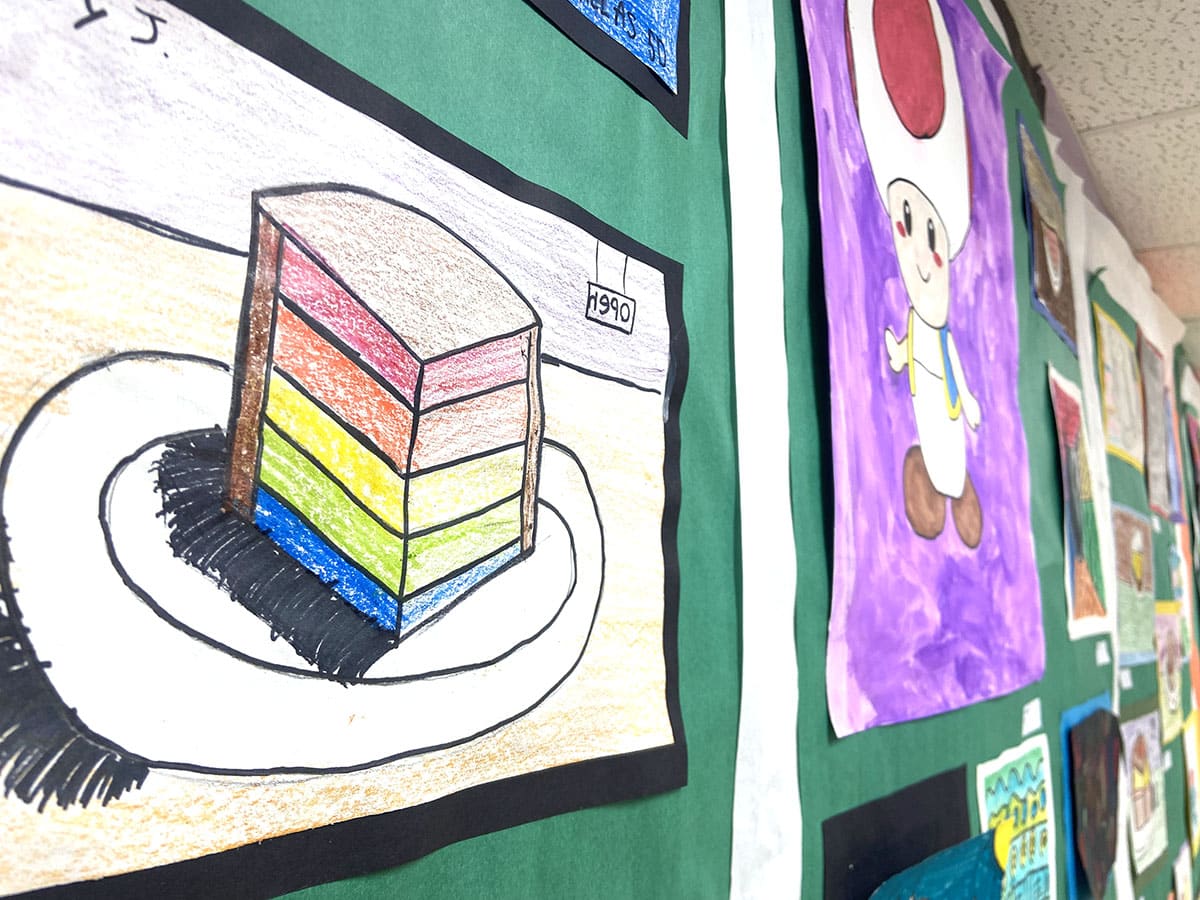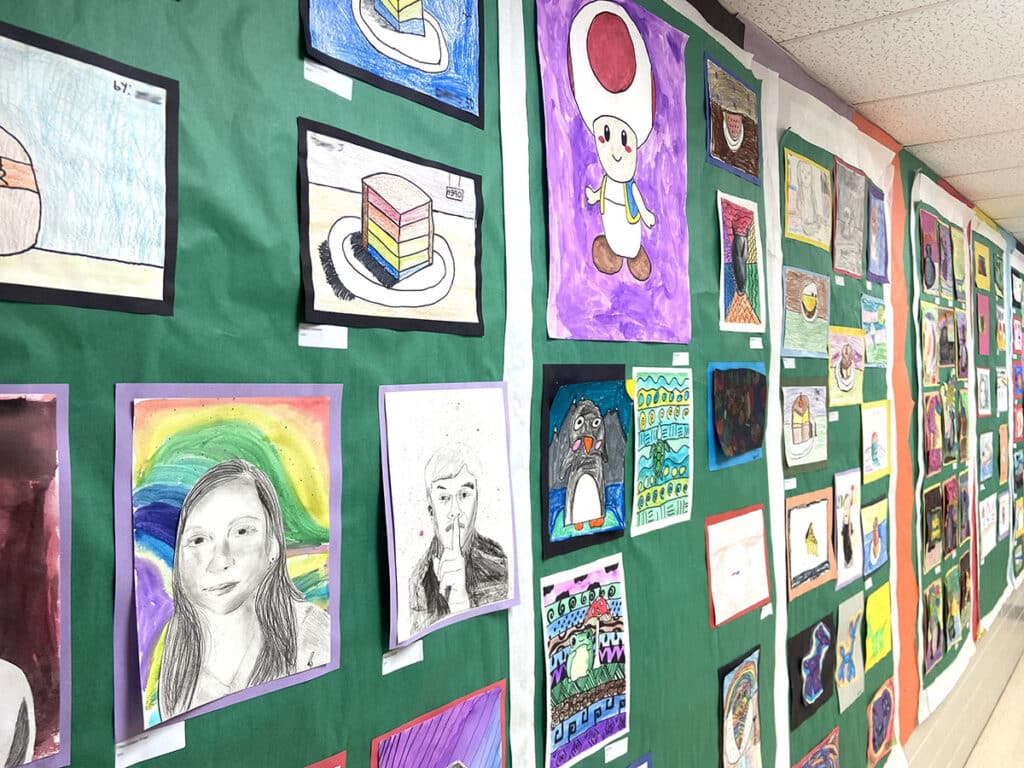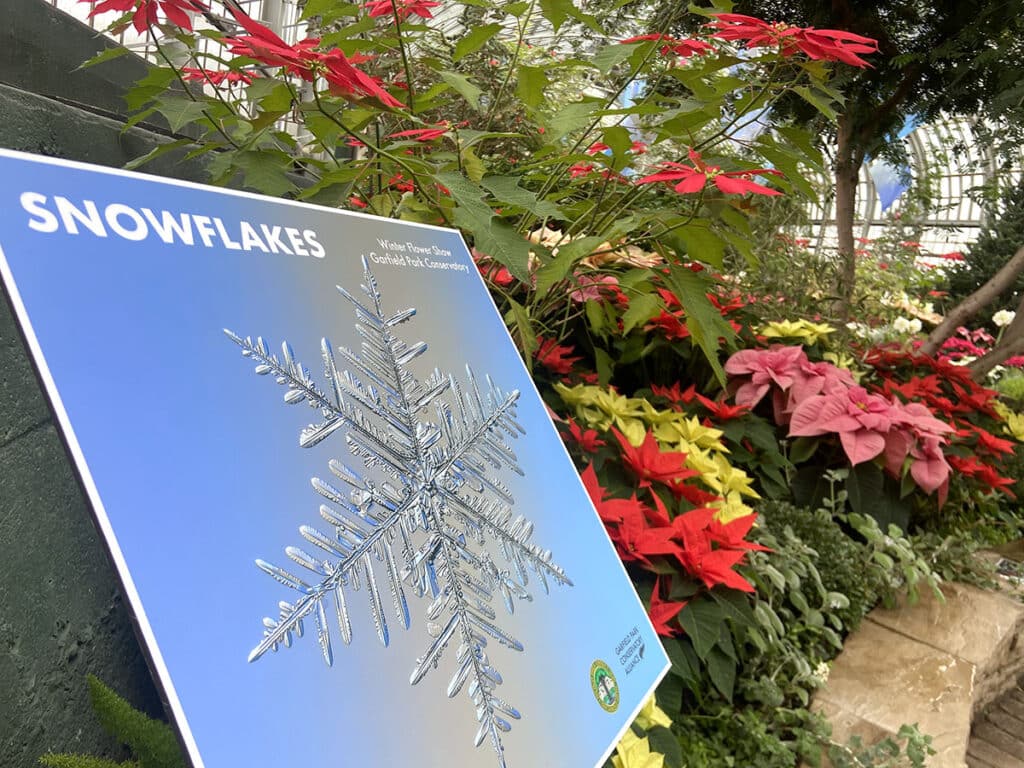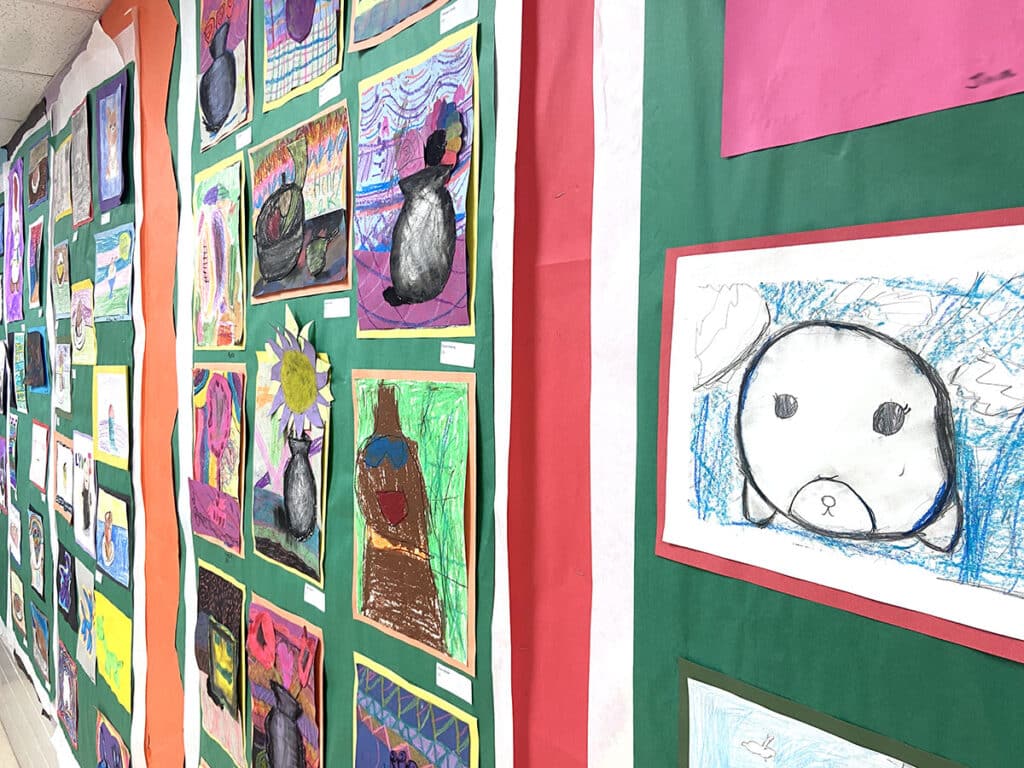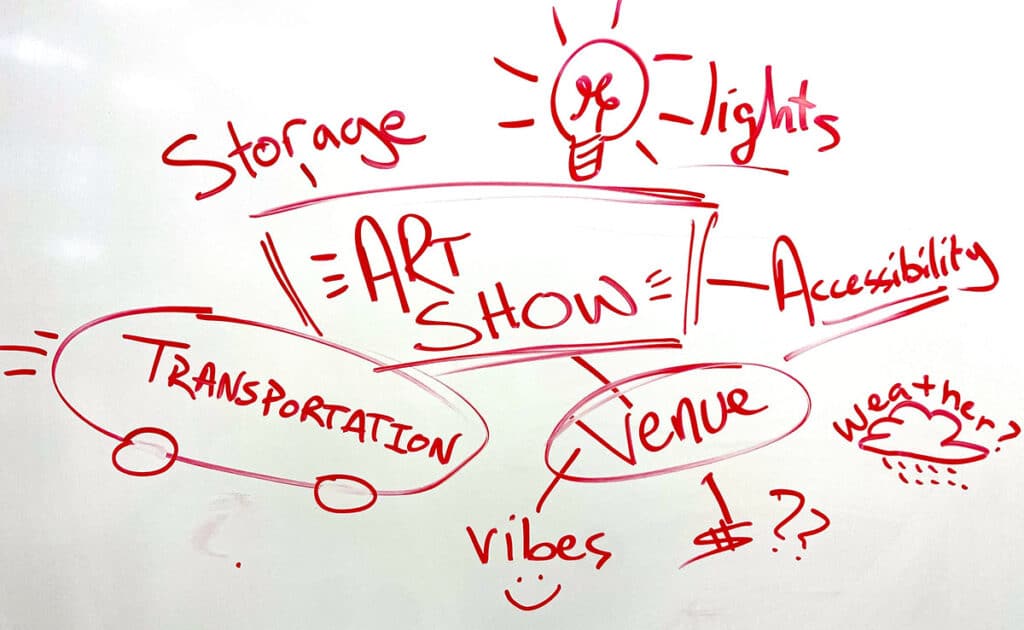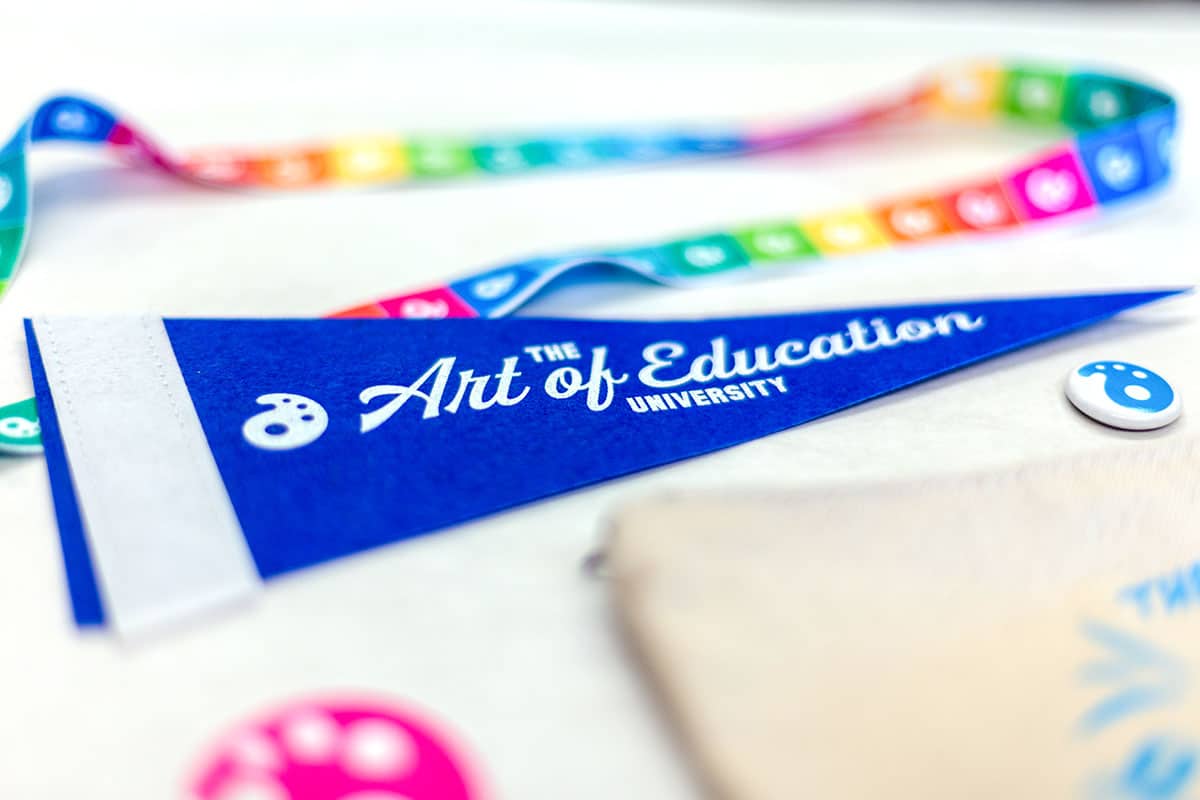The end of the school year is in sight, and the struggle is real. You’re exhausted, supplies are dwindling, and your students’ attention spans are shorter than ever. Sometimes you just need a meaningful one-day lesson to fill those final days. Try some of these low-prep, high-engagement lesson ideas that will keep your students focused on learning while making the most of those last precious moments in your art room.
Keep reading for engaging one-day lesson ideas for when you are low on time and art supplies.

Portfolio Day
The end of the year is the perfect time to review the portfolios that students worked so hard on all year long. Students will select a few pieces that demonstrate the most growth. Then, students will write a brief artist statement describing their artistic progress and the choices that fueled that progress. Next, create a class gallery with one artwork per student. Arrange the selected works around the room or digitally in a slide deck. Finally, share the class’s work through a gallery walk or slideshow. Encourage students to drive the narrative with peer compliments and discussion prompts about key concepts.

Creativity Challenges
Keep students creating and making right up to the last day with Creativity Challenge lesson ideas. Foster friendly collaboration and competition with minimal consumables. Continue the fun and stack your challenges for a full Creativity Challenge Week.

Here are five exciting Creativity Challenges to add to your curriculum:
- Exquisite Corpse Drawing
This classic Surrealist game sparks creativity and collaboration—and a lot of laughs! Students will complete each other’s drawings to reveal a wonderfully bizarre creature. - Found Object Coloring Sheets
Transform famous artworks or simple emojis into giant, collaborative coloring pages. Students then race to “color” the image using found objects from around the classroom, arranged within the lines. This activity promotes teamwork and observation skills. - Upcycled Old Papers
Give abandoned artworks a second life. Students empty their drawers and folders, ripping up old work and sorting the pieces by color. Use the scraps for papermaking, individual collages, or a large, shared piece. This activity encourages resourcefulness and is perfect for low-energy days. - Photography Scavenger Hunt
If you have access to electronic devices, explore photography to get students thinking about composition. Show examples of different photographic techniques and perspectives. Then, provide a list of prompts like bird’s-eye view, worm’s-eye view, forced perspective, action shot, macro shot, leading lines, rule of thirds, and symmetrical balance for students to capture. - One-Line Drawing
This continuous line drawing game tests focus and control. Students draw a subject or scene without lifting their pencil from the paper. Encourage them to fill the page with a single, flowing line, capturing the essence of their subject in a unique and minimalist way.
Art-iculate Game
Try a fun, fast-paced art history review game. Reinforce art recognition and key concepts, all while encouraging teamwork. You’ll need a deck of at least 20 “artwork cards.” Print images of famous artworks onto index cards. Use the artist bios from FLEX Curriculum to build a deck of diverse artists like Frida Kahlo, Piet Mondrian, Yayoi Kusama, and many others.
Divide the class into teams. Set a timer for one minute and have the first team select an “Artist Interpreter.” This student draws a card from the top of the face-down deck. Their mission is to describe the artwork for their teammates to guess without using the artist’s name and artwork title. For example, if the card shows Vincent Van Gogh’s The Starry Night, the student may say, “It’s an evening landscape with a big, swirling sky and a small village below. It has a blue color scheme, and the sky looks hopeful.” Each artwork that the team correctly guesses within the one-minute time period is worth one point.
Once the minute ends, add a trivia twist for bonus points. For each identified artwork, ask a trivia question. For The Starry Night, ask, “What art movement did Van Gogh belong to?” Each correct answer earns an extra point. Be sure to base your trivia questions on key concepts from the curriculum.

Don’t miss these other game ideas to sneak in learning up to the last day:
As the final bell of the school year approaches, remember that you can still deliver engaging and worthwhile art experiences even when time and supplies are scarce. These one-day lessons provide opportunities for creativity, collaboration, and reflection. Finish the year strong and remind your students of all the ways they have grown as learners and creators. End the year on a high note and send them off with a sense of accomplishment and a lasting love for art!
How do you make the most of the last few days in the art room?
What are your go-to one-day activities for when supplies are running low?
To chat about one-day lesson ideas with other art teachers, join us in The Art of Ed Community!
Magazine articles and podcasts are opinions of professional education contributors and do not necessarily represent the position of the Art of Education University (AOEU) or its academic offerings. Contributors use terms in the way they are most often talked about in the scope of their educational experiences.

